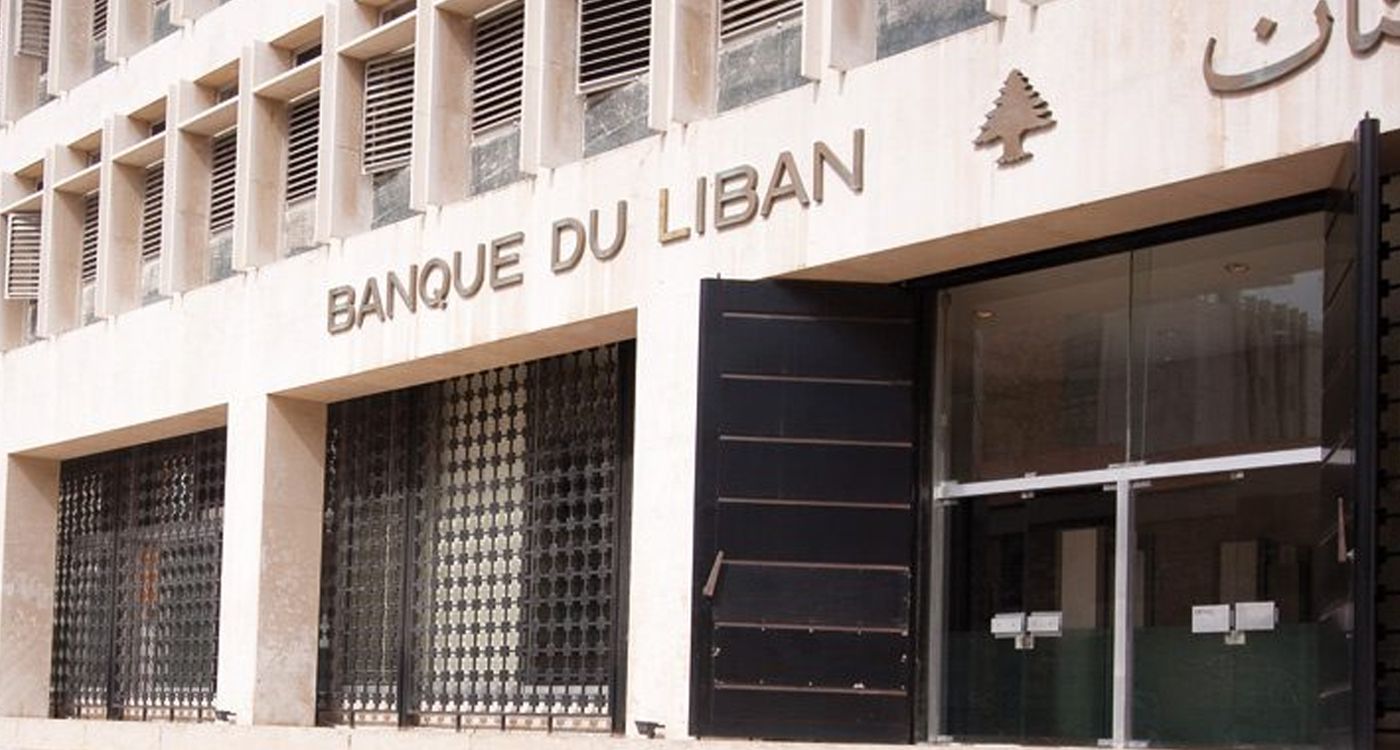
The relevant departments of the Banque du Liban (BDL) have finalized a comprehensive study on deposits and accounts held in Lebanese banks. This study distinguishes between “fresh accounts,” opened after October 17, 2019, and “dollar accounts,” which refer to legacy accounts established before that date.
Commissioned by the acting governor, the study categorizes accounts and depositors into distinct groups. A detailed table at the core of the study provides in-depth insights into depositors and banking transactions both before the crisis and after October 2019. Key “categorizations” include:
- Number of accounts held by depositors above the retirement age of 64.
- Accounts belonging to self-employed professionals, including tax payments made through these accounts.
- Accounts that earned interest based on specific tiers between 2015 and 2024, including those benefiting from financial engineering schemes.
- Accounts that utilized the “Sayrafa” platform, with details on transaction volumes and tiers.
- Accounts where US dollar loans were repaid in LBP, with exact loan amounts specified.
- Accounts exhibiting check-trading activities, taking into consideration the account type, the holder’s profession and transaction history before the crisis.
- Accounts converted from LBP to US dollars, including detailed information about account holders, transaction amounts, and whether the funds originated from end-of-service benefits or other sources.
In addition to the criteria established in the BDL study, further ones are being introduced to categorize nearly 1.6 million accounts. Sources within BDL emphasize that this study is pivotal in reassessing all BDL-issued circulars, notably Circulars 158 and 166, which are currently facilitating partial repayment of deposits. The study also aims to explore ways to expand the pool of beneficiaries eligible for these circulars.
Furthermore, the study will assist any future government formed after the election of a new president in devising a “fair” financial recovery plan, particularly in the event of account deductions under the Gap Resolution Law, which seeks to address the financial gap. To provide context, foreign currency deposits in Lebanon's banking sector stood at $129 billion in June 2019, dropping to $124 billion by October 15, 2019. By March 2023, this figure had decreased to $93.3 billion, marking a reduction of approximately $34 billion.
These deposits have been steadily declining due to BDL circulars, including the settlement of private sector loans at the official exchange rate of LBP 1,500 per US dollar, as well as the use of banking checks. Moreover, a significant number of depositors have turned to selling their checks at a discount of up to 90% of their face value.
Currently, the BDL’s governing council, led by Acting Governor Wassim Mansouri, is focusing on determining a way to address the existing circulars, particularly Circulars 158 and 166, which outline exceptional measures for the gradual repayment of foreign currency deposits. BDL is weighing two options: either instructing banks to make two monthly payments in early January for beneficiaries of Circulars 158 and 166, similar to the December payments, or raising the “withdrawal” ceiling.
In this context, sources close to Mansouri emphasize the importance of careful deliberation in decision-making, as the BDL’s paramount objective is to safeguard monetary stability and balance. The bank remains committed to ensuring the continued coverage of salaries and wages and, whenever feasible, facilitating partial deposit repayments in accordance with the BDL’s issued circulars.
Given the BDL’s mechanisms in recent months, including increasing the number of monthly payments to depositors, it is likely that the two-payment scheme for beneficiaries of Circulars 158 and 166 will be extended into January 2024. The BDL recognizes the crucial importance of these payments for depositors, particularly during the holiday season, following the war, and as the new year begins.
The BDL is relying on the election of a new president and the formation of a new government to implement an economic plan that aligns with its banking strategy, focusing on the future of the sector and depositors, as well as on revitalizing banks and facilitating deposit repayments.
Lebanon's foreign currency reserves have certainly declined in recent months, through the end of November 2024 as a result of the expanded number of beneficiaries under the circulars, the increase in monthly payments within Circulars 158 and 166, and the coverage of salaries, wages, allowances and other payments disbursed by the Ministry of Finance in LBP, with the BDL covering these payments in dollars. Additionally, the government’s “Account 36” experienced a reduction as the state withdrew dollars to meet urgent needs during the war, with the BDL injecting over $500 million into the market over the course of two months.
BDL’s reserves increased from approximately $8.573 billion in early August 2023 to nearly $10.6 billion by the end of August 2024. However, they dropped to around $10.28 billion in the first week of November 2024 and continued to decline, dropping to $10.149 billion by the end of the month. Reserves then rose by about $27 million in mid-December 2024, reaching $10.176 billion.
Simultaneously, the amount of LBP in circulation remains at its lowest levels, hovering around 50 trillion LBP (approximately $560 million), with the exchange rate maintaining its stability at LBP 89,500 per US dollar.




Comments